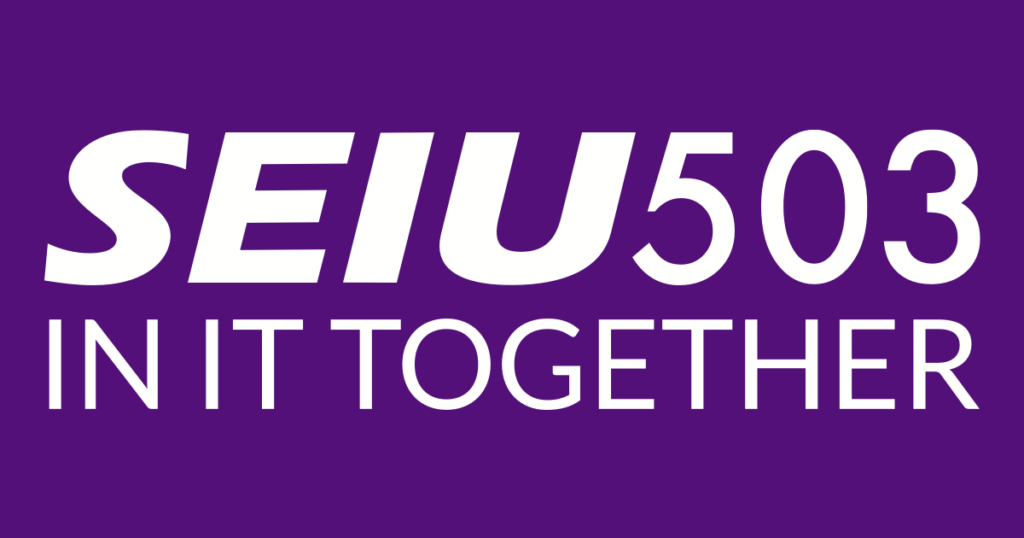Working in Elder Care

The conditions of elder care are an absolutely atrocity. That was true before COVID. Hell, that was true for decades before COVID. Workers often labor at multiple facilities–which materially contributed to the early death toll–for very low wages. Given that these are our older family members, it’s amazing that we allow this to happen, except it’s not because this is America. To say the least, I wanted to link to this Times story about workers in my home town of Springfield, Oregon dealing with this horror.
Last winter, workers at a memory care facility in western Oregon decided they were done watching the residents suffer. Conditions at the Rawlin at Riverbend, a 72-bed home in Springfield, were horrific because of critically low staffing and a lack of training. Elderly residents screamed from their rooms for assistance, and workers had to make the kinds of decisions that people are forced to make in war: Do you take precious time to do emergency wound care, even though you aren’t quite sure how, knowing that it means other residents might sit in their own feces for hours or trip and fall in the hallways? Do you stop to feed a resident who has trouble swallowing, knowing that others may not be fed if you do?
According to workers, Onelife, the company that operated the Rawlin, did not provide enough staff to properly care for the dozens of residents with dementia and other serious health problems. Around 20 residents died in about two months, from mid-November 2020 to mid-January 2021, only six of them from Covid. Many of the other deaths, caregivers believe, could have been prevented with better treatment.
Families of the residents, who often serve as a second pair of eyes on an industry prone to neglect, were mostly unable to enter the Rawlin for months because of Covid, so the added pressure to staff the home properly disappeared. After the facility lost its on-site registered nurse, Onelife temporarily replaced her with a regional nurse who visited the premises a few days a week and otherwise had to be reached by phone.
So they unionized, with SEIU Local 503, which is the big local in Oregon. But they had to deal with the horrors of the anti-union industrial complex to do so.
I waited to see if Onelife would hire a union buster. Onelife was founded by a former doctor named Greg Falk and his son, Zack. In 2016, Greg Falk agreed to give up his medical license after the Oregon Medical Board found that he had engaged in “unprofessional or dishonorable conduct” and “gross or repeated negligence.” (Zack Falk said that his father “chose to retire rather than engage in a lengthy and expensive defense of his practice.”) In 2017, Greg Falk opened the Rawlin with Zack, who became the chief executive of Onelife.
I knew the Falks had money — Greg Falk and his wife had purchased a $6.25 million house the previous year — but Onelife was a relatively small operation, with four facilities in Oregon, all of which receive Medicaid funding. I had thought Onelife might be unwilling to spend big on a union buster. I was wrong.
Soon enough, a white catering tent popped up in the Rawlin parking lot. Inside the tent was a man who had come to “educate” workers about unions. He was sent by a national consulting firm renowned for its anti-union zeal. A form filed by the firm later showed that Onelife paid the company $3,500 a day plus expenses. The tent, free food for workers, hotel and rental car for the consultant could have added $1,000 more a day.
A union buster’s pitch is almost always the same: Unions are corrupt and will take your money. Nothing will change anyway. Unions were important back in the day, but we don’t need them now. Often a worker is trotted out to describe a bad experience they had with a union elsewhere. Sometimes there’s an email from the company saying an anti-union employee had their tires slashed, and that they respect employees’ right to organize but can’t condone violence, which is occasionally followed by a tearful female manager claiming to have received death threats at her home.
Over the last several years, our understanding of power imbalances in the workplace around sexual harassment has grown enormously; our understanding of such imbalances when it comes to organizing has not. In higher-wage sectors, where career opportunities hinge on recommendations, workers are held hostage through their reputations. In lower-wage industries, simple things like a schedule change can upend the life of an employee, particularly a single parent dependent on child care. Free food provided by union busters may not seem like much of an inducement to vote down a union, but for workers who live in poverty like some of those at the Rawlin, food insecurity was real.
Given that my parents are in their 70s and still live in my childhood home, I really, really, really want senior care workers to be organized into the strongest union possible.
But what I really want–even more than more unions–is for the nation to learn a bunch about elder care after Covid. Because it was disaster from all angles. You know what was truly terrible? Taking 85 year old senior care patients and telling them they can’t see their families for a year because they might die of Covid. I would rather die of Covid than not see anyone for a year. The disaster is very much because of the evils of capitalism. But even liberal governance measures were very harmful for these people. Safety isn’t just about not dying. It’s about life being worth living. People aren’t made for not seeing other people. All future crises need to keep this in mind. Otherwise, just give me some pills to kill myself when I am 85.


